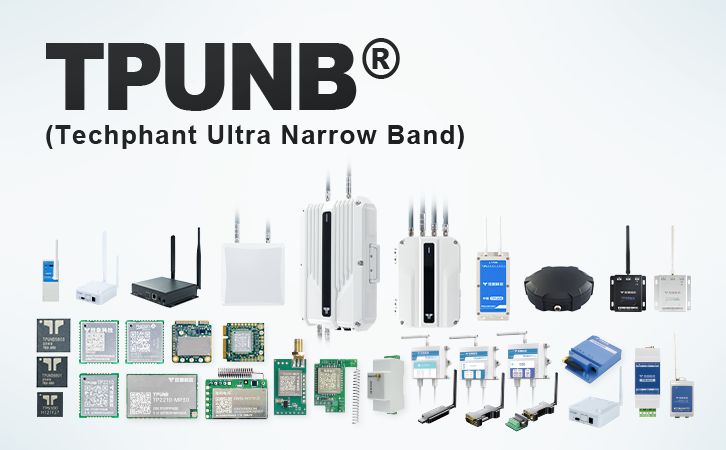The four primary types of IoT networks are classified based on coverage range, power consumption, bandwidth, and topology. Each type serves distinct use cases, with technical characteristics optimized for specific IoT applications:
1. Cellular Networks
(e.g., LTE-M, NB-IoT, 5G)
Coverage: Wide-area (global via cellular infrastructure).
Bandwidth: High (up to 100+ Mbps for 5G, ~380 kbps for 4G).
Power Consumption: High (unsuitable for battery-only devices).
Key Features:
Ubiquitous coverage and high reliability.
Supports high-data applications (e.g., real-time video, VoIP).
Ideal for mobility-centric use cases (e.g., autonomous vehicles, fleet tracking).
Limitations: Costly operational fees and energy-intensive .
Typical Applications: Connected healthcare, real-time surveillance, industrial automation .
2. LAN/PAN Networks
(e.g., Wi-Fi, Bluetooth Low Energy (BLE), Ethernet)
Coverage: Short-range (up to 100m for BLE, ~300m for Wi-Fi).
Bandwidth: High (Wi-Fi: 100s of Mbps; BLE: ~2 Mbps).
Power Consumption: Moderate to high (Wi-Fi requires frequent charging; BLE optimized for low power).
Key Features:
High data rates suitable for multimedia and real-time control.
Low latency; widely deployed in homes/small offices.
Limitations: Limited scalability and coverage; high energy drain for Wi-Fi .
Typical Applications: Smart home devices, wearables, local sensor networks .
3. Low-Power Wide-Area Networks (LPWAN)
(e.g., LoRaWAN, Sigfox, TPUNB, NB-IoT)
Coverage: Long-range (up to 10–40 km rural).
Bandwidth: Low (0.3–50 kbps).
Power Consumption: Ultra-low (battery life: 5–10 years).
Key Features:
Optimized for sporadic, small-data transmissions (e.g., sensor readings).
Low-cost hardware and deployment (unlicensed spectrum for Sigfox/LoRa).
Licensed variants (NB-IoT/LTE-M) offer enhanced security.
Limitations: Unsuitable for high-bandwidth or real-time applications .
Typical Applications: Smart agriculture, utility metering, environmental monitoring .
4. Mesh Networks
(e.g., Zigbee, Z-Wave, Thread)
Coverage: Medium-range (extended via multi-hop relaying).
Bandwidth: Moderate (Zigbee: 250 kbps; Z-Wave: 100 kbps).
Power Consumption: Low (supports battery operation).
Key Features:
Self-configuring topology; devices relay data to extend coverage.
High reliability (redundant paths) and scalability.
Ideal for dense device deployments.
Limitations: Complexity in network management; latency increases with hops .
Typical Applications: Industrial sensor grids, smart lighting, building automation .
Comparative Summary
| Network Type | Range | Bandwidth | Power Use | Best For |
|---|---|---|---|---|
| Cellular | Global | High | High | Mobile, data-intensive applications |
| LAN/PAN | Short (<300m) | High | Moderate-High | Localized, high-speed data transfer |
| LPWAN | Long (10–40 km) | Low | Ultra-Low | Remote, low-data sensors |
| Mesh | Medium (100m+) | Moderate | Low | Scalable, reliable device clusters |
5. Selection Criteria for IoT Networks
Choose based on:
- Coverage Needs: LPWAN/Cellular for wide areas; Mesh/LAN for confined spaces.
- Power Constraints: LPWAN/Mesh for battery devices; Cellular for powered systems.
- Data Requirements: LAN/Cellular for high bandwidth; LPWAN for small payloads.
- Cost: LPWAN (low CAPEX); Cellular (high OPEX) .
This taxonomy reflects industry consensus, balancing technical rigor with practical deployment scenarios .


